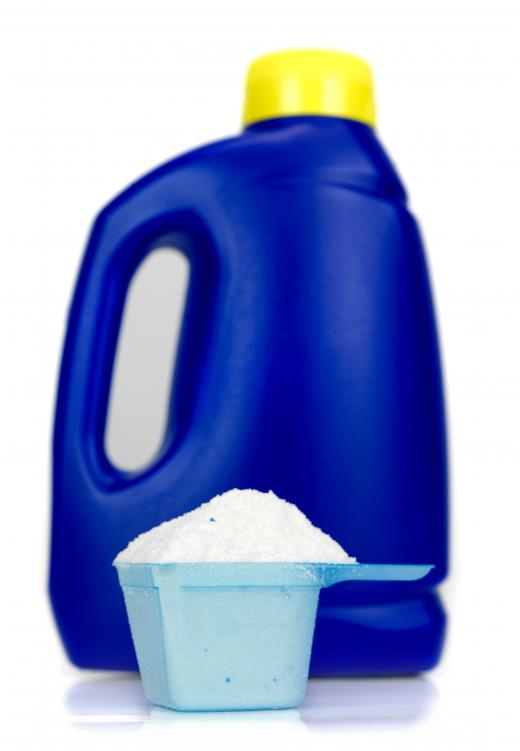What Is an Aluminosilicate?
An aluminosilicate is any one of a vast number of naturally occurring minerals or man made compounds containing aluminum and silicate, which is made from silicon and oxygen, and possibly other elements as well, typically an alkali metal such as sodium or calcium. Many of the naturally occurring aluminosilicates are very common minerals, and while they share the same basic chemical make up, they may have differing physical properties due to the way the atoms or molecules are arranged. The same can be said of the physical properties of many of the synthetic aluminosilicate compounds as well.
The most basic forms of aluminosilicate minerals have the basic chemical formula of Al2SiO5. Several of these minerals form the basis of many types of clay, particularly the fine white clay mineral known as kaolin, and are used in ceramics manufacturing. Some rock forms of aluminosilicates with this formula are silliminate and andalusite. Other naturally occurring rock minerals in this group contain additional atoms of other elements as well, some of which are very well known, such as feldspar and topaz.

Many other more complex aluminosilicate minerals that are found in nature have somewhat different chemical formulas and other elements as part of their structure. Sodium aluminosilicate minerals are aluminosilicates that contain sodium atoms such as jadeite and albite. Others may contain potassium, calcium, sulfur, lithium, or even combinations of two or more of these or other elements in addition to aluminum and silicate. Some examples of these minerals include plagioclase, labradorite, and lazurite.

Some of the manmade aluminosilicate compounds are important to industry and have many uses. Sodium aluminosilicate is a common additive to certain foods, and acts as an anti-caking agent. Other more complex man-made sodium aluminosilicates find uses in things such as laundry detergents. Zeolites are a class of hydrated aluminosilicate minerals, many of which occur naturally. Several man-made zeolite compounds also find uses in industry.
Many crystalline forms of aluminosilicate minerals are precious and semi-precious gems. Topaz, emeralds and other beryls, tourmalines, and garnets are all aluminosilicate minerals, although each are complex aluminosilicates containing other elements besides aluminum, silicon, and oxygen. Emeralds and other beryls, for example are beryllium aluminosilicates. Garnet is a type of calcium aluminosilicate.
It is important to remember that many aluminosilicates may share identical chemical formulas but have very different physical properties. This is due to a number of factors, but is primarily a result of the way the molecules are arranged. This can lead to varying crystalline or lattice structures, each with slightly different physical properties. Such differences can also occur on a molecular level. Two minerals or compounds with identical chemical formulas can have vastly different molecular structures, resulting in divergent physical properties.
AS FEATURED ON:
AS FEATURED ON:












Discuss this Article
Post your comments